2018 Husqvarna TC250
Can This New Generation Of Two-Stroke Make A Dent In An Industry Full Of Thumpers?
MSRP: $7,999
- Smooth linear power.
- Lightweight and nimble.
- Minimal vibration.
- Not a lot of over-rev.
- Possibly too smooth?
- Rear brake return spring breaks.
Introduction
- A new generation two-stroke from Husqvarna.
The 2018 edition of the TC 250 is only slightly changed from the 2017 model that was largely a complete refresh. The latest model might be similar, but it could be argued that not a lot of change was necessary. The 2017 received very positive feedback throughout the industry and was considered by many as one of the best 2-stroke motorcycles ever produced. There were a few complaints about jetting, possibly teething issues associated to the move to a Mikuni mixer. With some minor refinements, the bike is back and ready to bring grins to the faces of 2-stroke riders everywhere. We grabbed a few different riders and spent some time at Cahuilla Creek MX and I-5 MX in Gorman to get familiar with Husqvarna’s 250cc two-stroke motocrosser.
Changes
- Updated carburetor settings.
- New Graphics.
- Mapping switch standard.
For 2018, the list of changes Husqvarna gave the TC250 is short and sweet because it really didn't need much. It features bold new graphics and the addition of the mapping switch. Additionally, updated carburetor settings are implemented.
Power
- Minimal vibration due to the counter-balancer.
- Smooth and linear power delivery.
- Adjustable power valve and a mapping switch allows for further tuning.
- Carburetor settings work better than previous year's bike.
The new Husky runs well, better than any Husqvarna 2-stroke before it, but it’s different, some might say even a little four-strokeish. The power is linear and strong which makes it fast and fairly easy to control. It still has hit you would expect, but it’s a little more civilized. It rolls on smooth, pulls very hard through the middle and into the top. Once there, it flattens out a little early so it rewards a rider that keeps it in the meat of the powerband and doesn’t try and extend the shift points too far. For higher speed tracks, we’ll probably experiment with gearing and maybe some aftermarket pipe options to get the most out of the potent motor. Our riders praised the bikes ability to hold traction and put the power to the ground although some of our most aggressive riders commented that it was missing some of the excitement that comes with a more explosive hit. On tracks that have an abundance of traction or that are on the sandier side like Cahuilla Creek, that aggressive hit was missed by some but on hard pack and slippery tracks, the smooth powerband will almost certainly produce faster laps.
The TC can easily adapt to different conditions with on the fly mapping options and an easily adjustable powervalve. The bar mounted mapping switch was left off the 2017 model although the capability was there, it just required some tools to make the change. For 2018 it’s a simple flip of a switch. The difference is subtle, but noticeable. The mild setting doesn’t turn it into an enduro bike, instead it just softens the edges a bit. Most of our riders preferred the aggressive setting, but the ability to switch on the fly is convenient if conditions change. The powervalve adjustment is simple as long as you happen to have the correct size square drive screwdriver, or the proper tool like this one from Enduro Engineering (LINK, CLICK HERE). Why did Husqvarna, like KTM, use this unusual option that almost nobody has in their toolbox? I have no idea. A similar sized Allen would seem like an easy choice. Luckily it doesn’t take much force to turn the adjustment so we were able to use a flat blade screwdriver to do the job. We’ve been running it at 2-turns in from all the way out but for slicker conditions we’ve gone as far as 2.5 turns. For sand we went down to 1.5-turns. The difference is immediately noticeable. Everyone loved the ability to easily tune the engine to their liking or to the track conditions.
Jetting on the TC is pretty close stock. We’ve experimented with the needle location, air screw and the main, but wound up leaving it as delivered. We have also learned that running a oil-fule ratio of 60:1 really helps the jetting with the stock setting and when running 92-octane pump gas. There is a slight feeling of a rich spot just off idle that could be better, but we’re splitting hairs, it’s close for track riding whee you are not using this part of the delivery much if at all. Bottom line is the motor on the new TC is the one of the best of its class. With its lack of vibration, tunability, and power, it’s sure to please a wide range of riders.
Suspension
- WP AER 48 air forks work better than 4CS predecessors.
- Shock works well but a stiffer spring is needed for heavier riders.
- Balanced suspension.
Just a couple years ago air forks were showing up everywhere and now, just like the tide, many have come and gone. Husqvarna’s, as well as their KTM counterparts are one of the few that haven’t gone back to springs. The reason is the WP AER forks are really good. They’re simpler than the other brands and easier to set up. They use a single air chamber so setting and checking the pressure is not so labor intensive. With a few clicks to the adjustments and some minor changes to pressure, all our riders were able to get comfortable and most didn’t comment about a preference between air and springs, that alone is a testament.
The WP shock out back is a great match to the capable forks and performs well. Most of our riders felt the bike was balanced and predictable although some of our heavier riders felt the rear was a little soft. We ran between 100-105 mm of sag and slowed down the rebound a couple clicks on both ends. Depending on the speed and weight of the riders, we also added compression dampening. All our riders felt like the suspension was racable with only minor adjustments. For some there was a little initial harshness in the forks that starts to become more noticeable in faster choppy sections. But it was not enough for them to stop riding and make changes. Even so, the bike stays very stable, just losing a bit of its planted feel on the front wheel. This is often riders not use to the light front end feel of an air fork.
Overall the quarter liter Husky’s suspension works very well. The air forks are simple and easy to set up, not to mention, far better than the often harsh 4CS forks found on the 2015-16 bikes. As mentioned, the shock was a little soft for some of our more “full figured” riders so we’ll probably try the next stiffer spring rate. Good news for them is there’s no need to buy and install stiffer fork springs. Raise the psi a few pounds and they’re ready.
Chassis - Handling
- Light and agile.
- Planted and stable.
- Neutral controls and ergonomics with an easy pulling hydraulic clutch.
There’s no major changes to the TC chassis for 2018 and for good reason, it works. The ergonomics are neutral and nothing seems out of place. The bike feels incredibly light and easy to put where you want, but at the same time it’s planted and stable. It owes some of that to the motor. The bike has a fairly narrow feel that allows the rider to easily move around and the transition from the side panels to the shrouds is smooth and didn’t catch any boots, braces, etc. It's layout is roomy and taller riders were not cramped even though the bike is physically smaller than the previous version.
The broad power and almost total lack of vibration allows it to be ridden hard without losing traction. Some riders felt it reduced arm pump and made longer motos easier on them. It turns much better than the previous generation and will hold an inside line far better than its predecessors. The combination of tuning the rigidity of the chassis and going to the lighter air fork work together to give this characteristic.
The Magura hydraulic clutch pulls like butter every time and we have yet to have a problem with it. Likewise, the Brembo brakes work phenomenally well. They are strong and have good feel at the same time. But keep an eye on the rear brake pedal return spring as we have had a few break and some of the rear brake control instantly goes away.
Working on the bike is a pleasure. Almost every bolt on the machine either threads straight into the receiving piece or there’s a actual nut that’s captured in the frame. In most cases, all it takes is the correct sized T-handle. For some jobs, even that isn’t necessary. Most of the bodywork and the air filter can be removed without tools; although, you do need to figure out where to pull on the side panels to get the panels to release. We checked the instructions in the manual just to make sure before getting too rough.
Conclusion
- Reinvention of the two stroke?
- More adaptable and easier to ride than previous models.
Husqvarna has put together an amazing package that had more than a few of our riders rethinking what a two-stroke 250 can be. It’s a versatile machine that will appeal to a wide range of riders. The TC 250 is still a two-stroke, and it still works like one. It’s just a little more capable than the “light switch” power delivery that was common in the past. It’s the most modern of its class, and for riders that appreciate the lightweight simplicity, (lack of electronics associated with FI and electric starting) the maneuverability, and the aggressive nature of both the bike and the related riding style, it may be hard to resist. Light weight, powerful and easy to keep running for a long time. Those are true dirt biker traits and Husky has them.
What’s next? While we appreciate the purpose built MX machine that the TC is, we have a little bit of a different plan for it. We’re going to make a few tweaks and push the bike a little towards off-road with a focus on the AMA District 37 Big 6 Grand Prix series that races all across Southern California with a wide variety of different terrain among the various venues. We’ll need a few changes to accommodate the higher speed, longer, and more varied courses typical of the series. Keep an eye out for the next edition of the story where we’ll be testing some of the key products that we need to make the transition from MX to GP.
Recent Product Tests
Leave a Reply
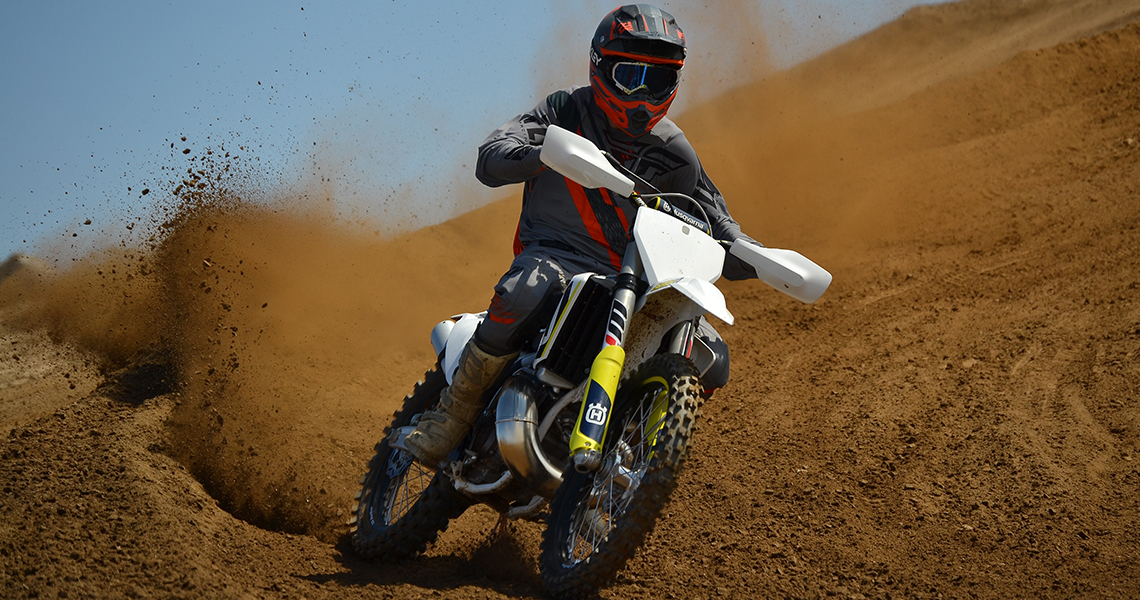
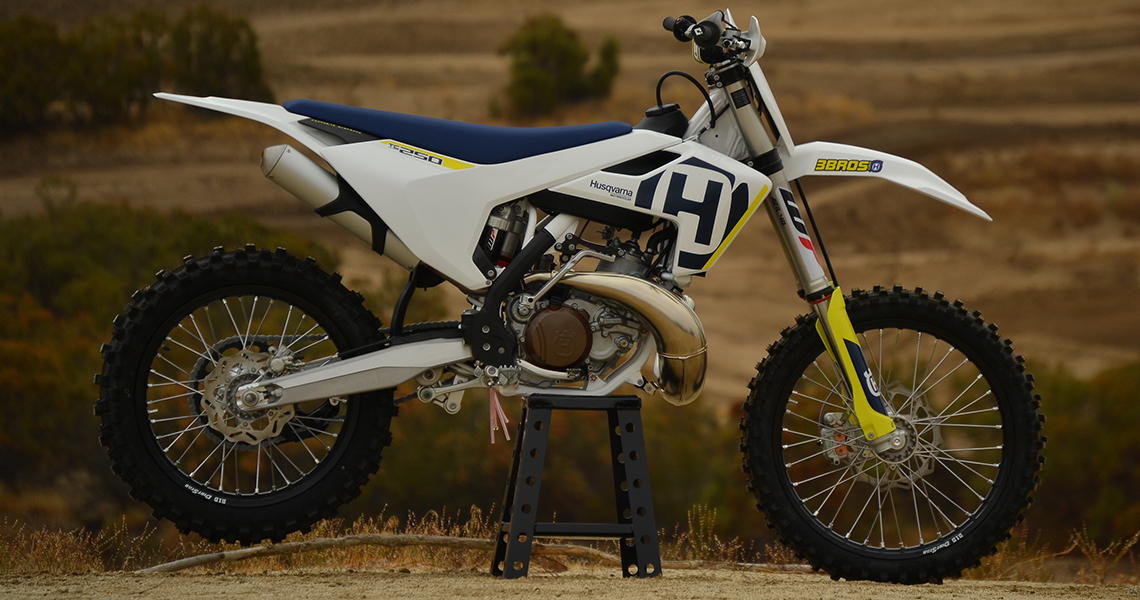
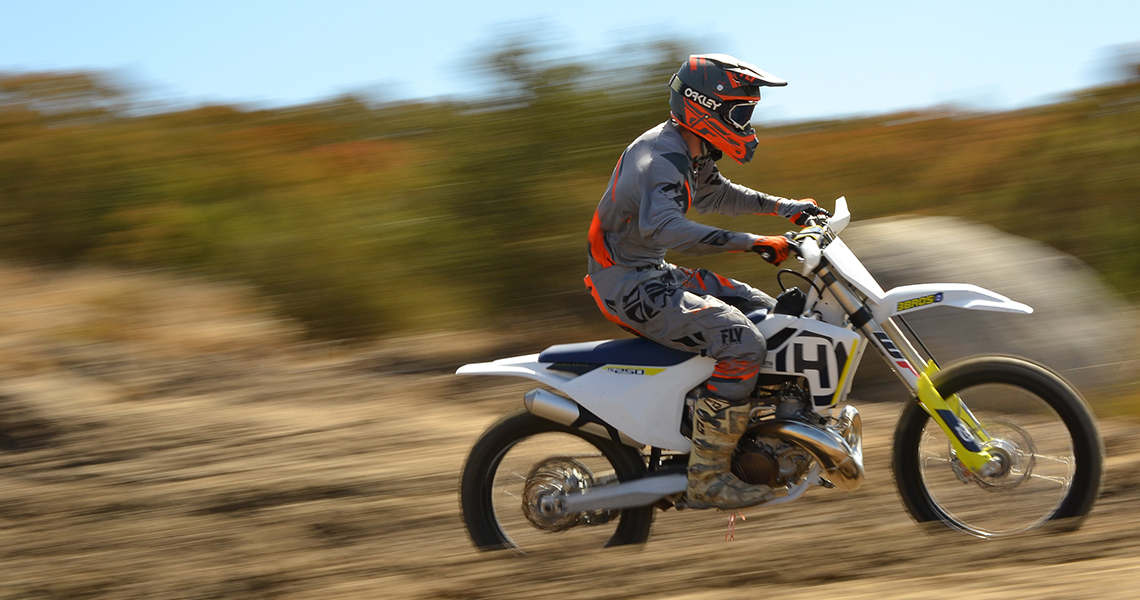

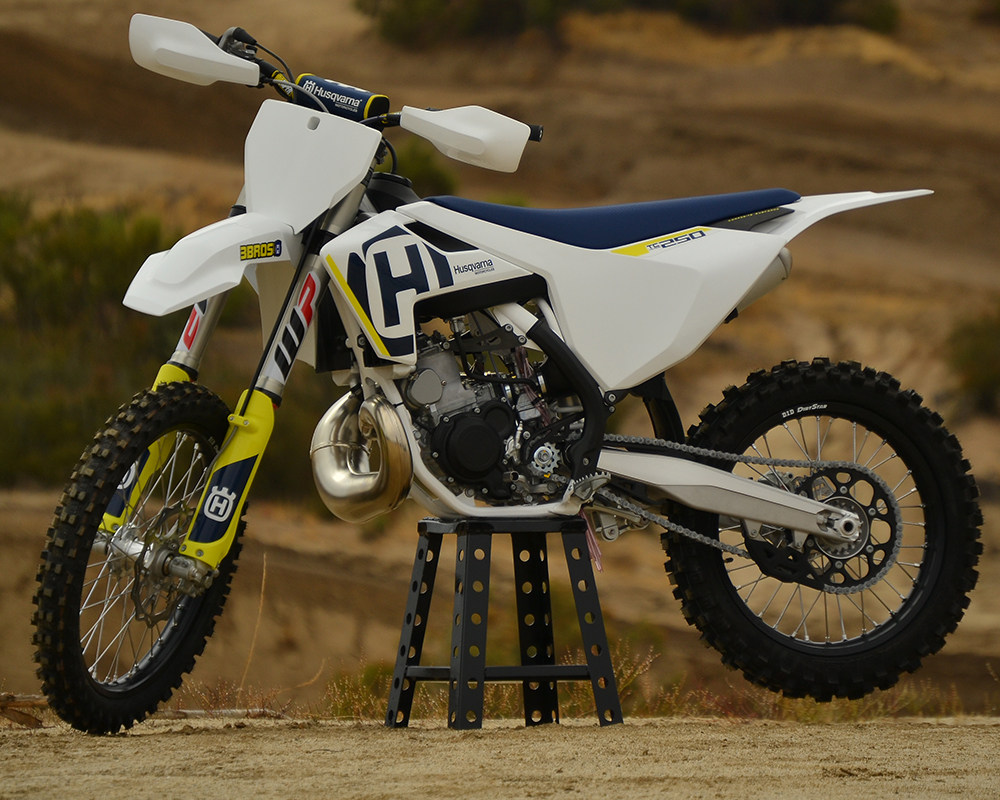
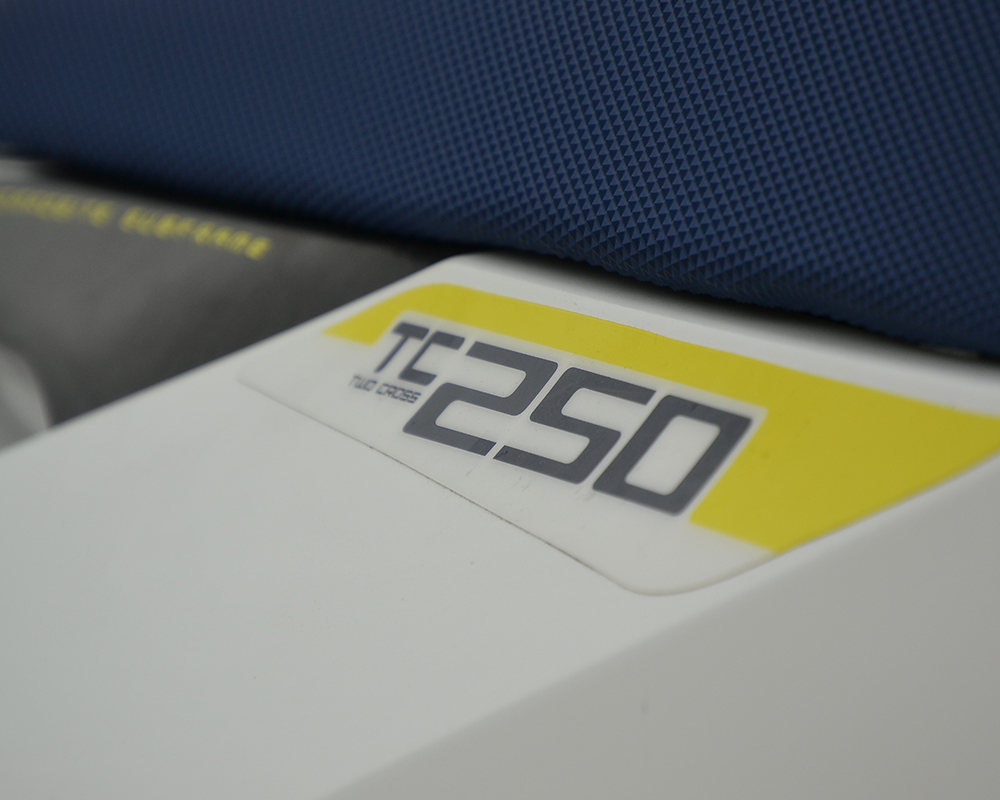

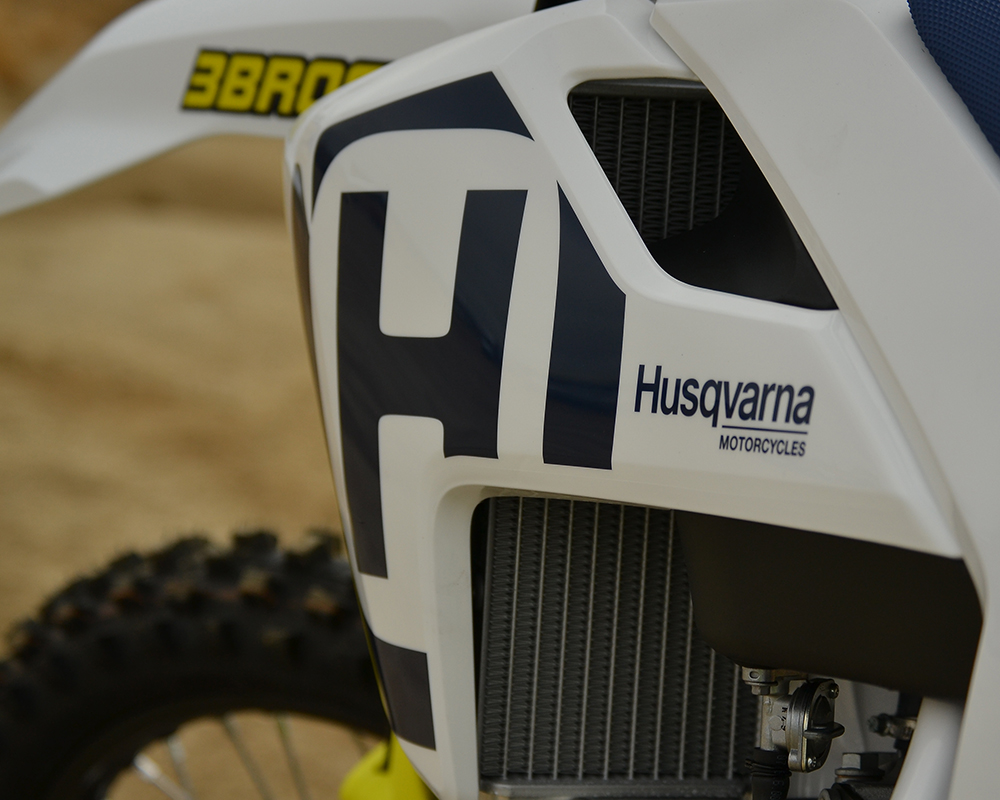

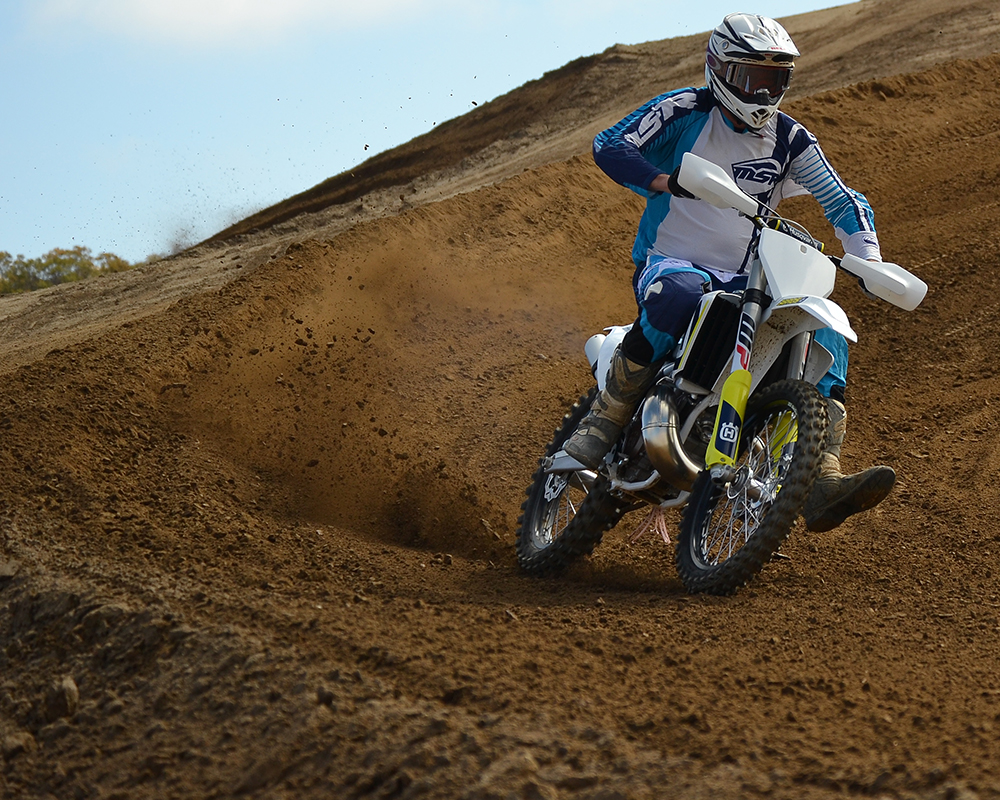
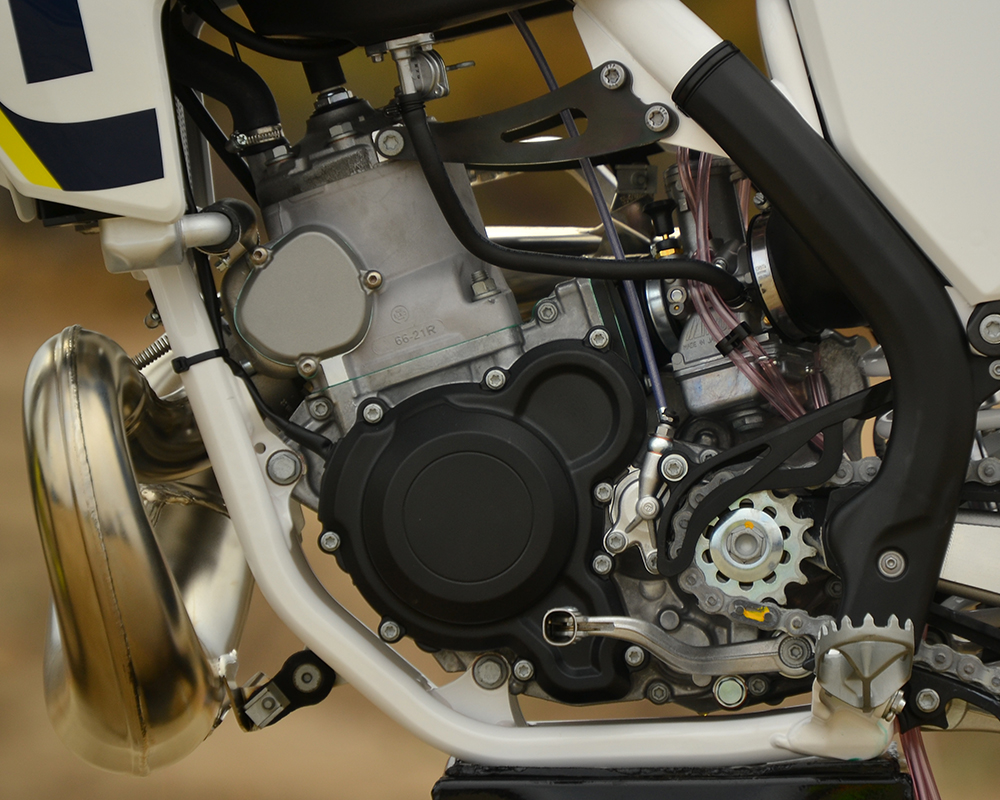


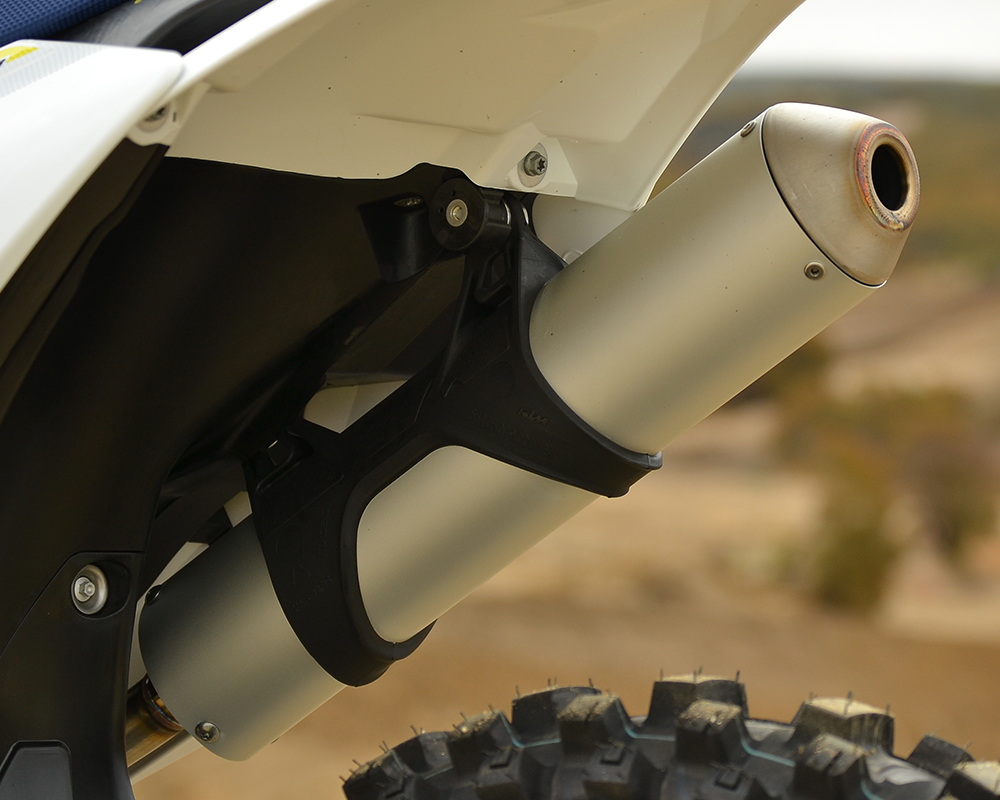

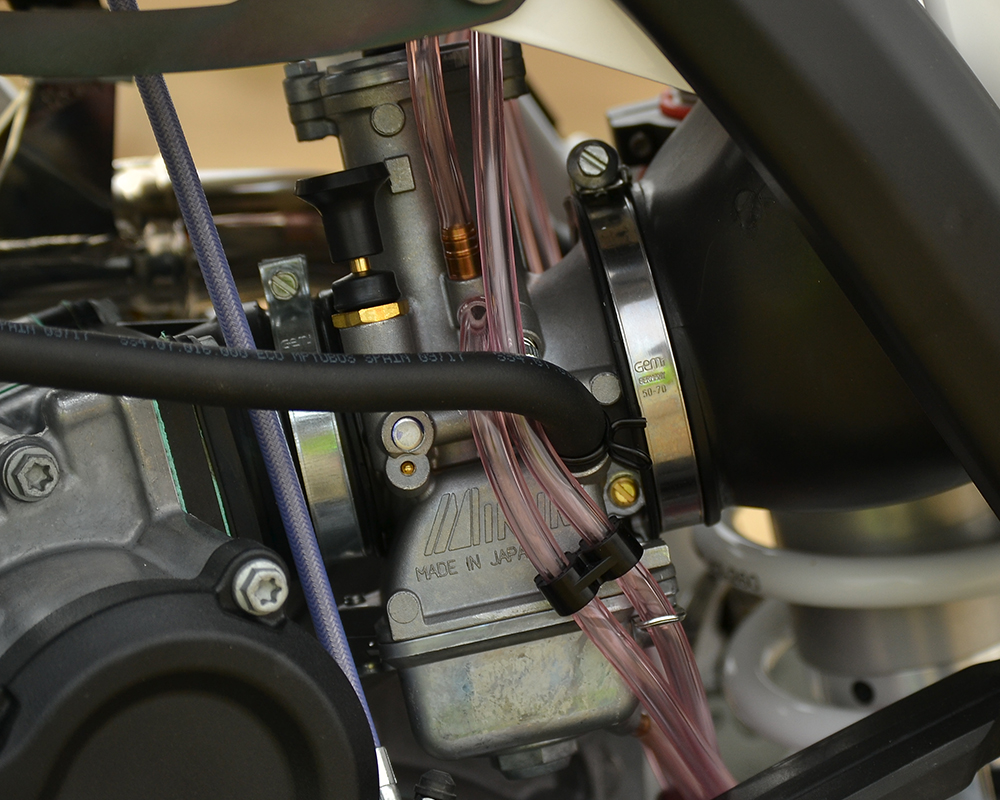


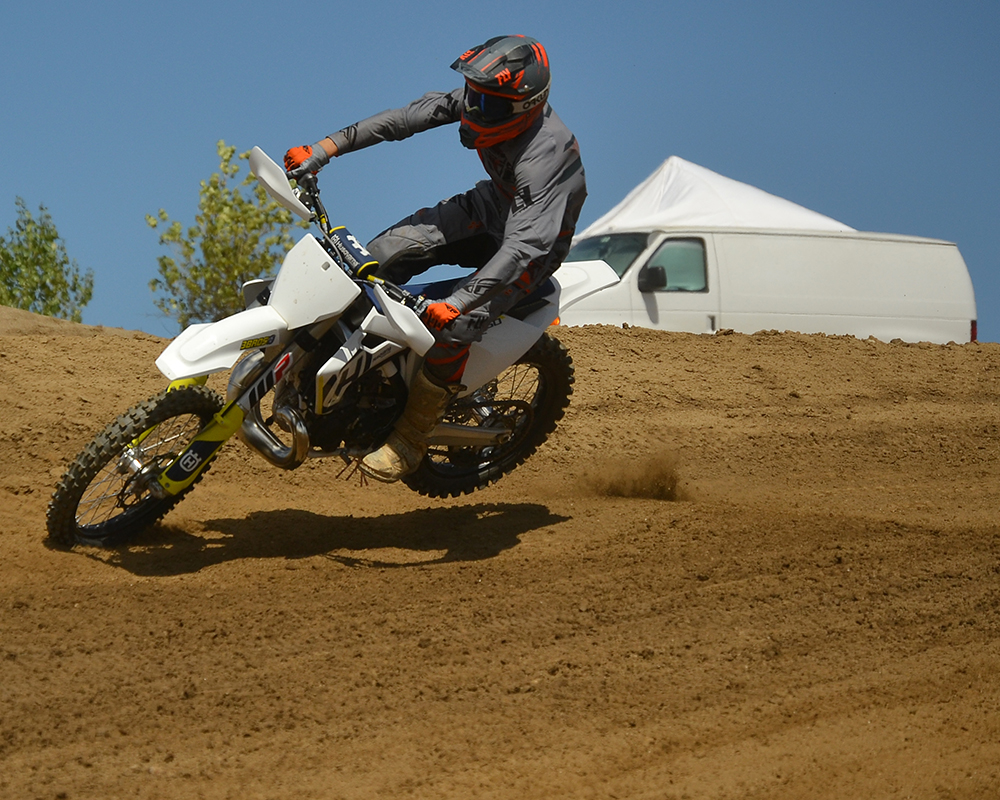


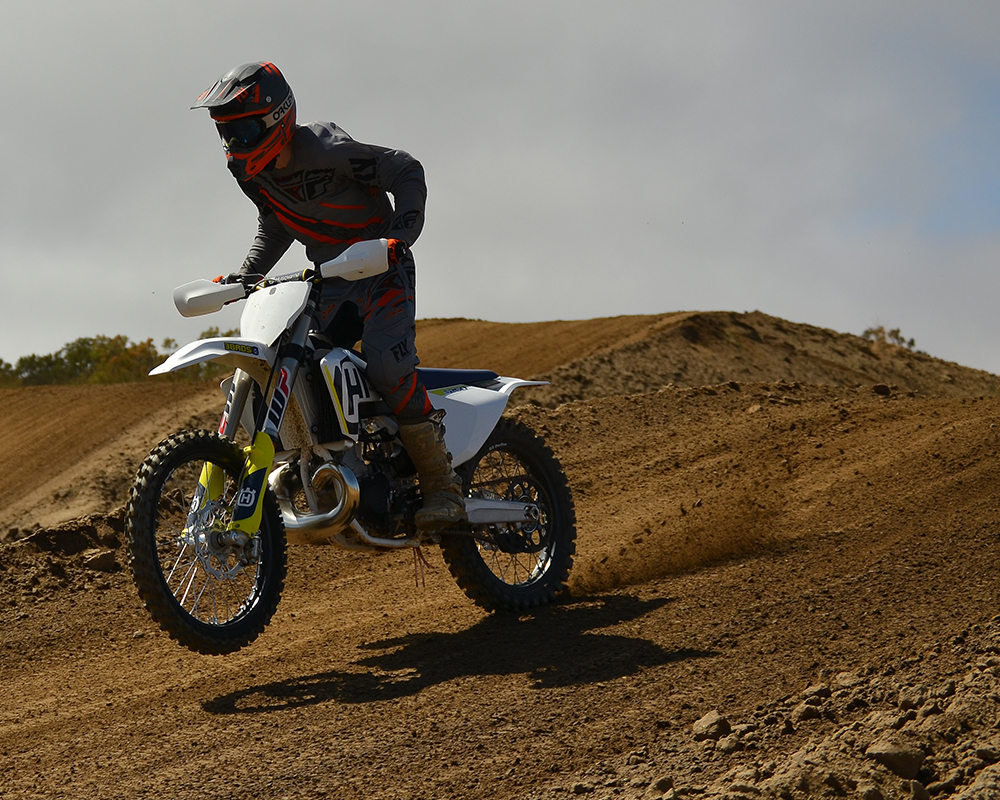
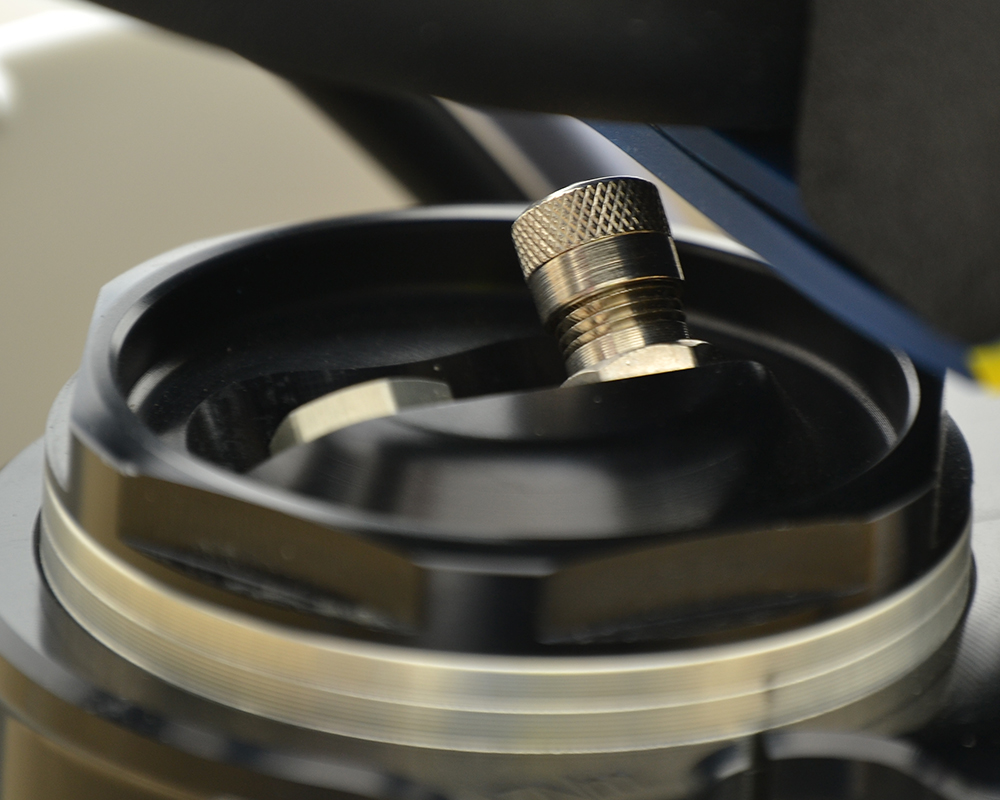
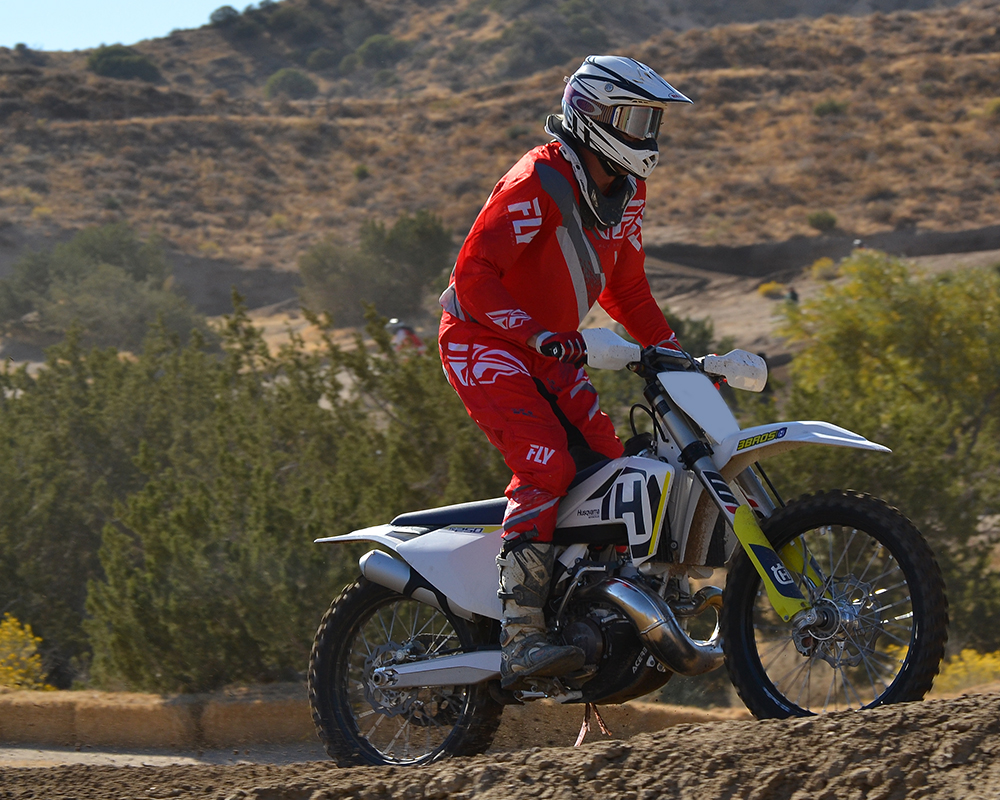
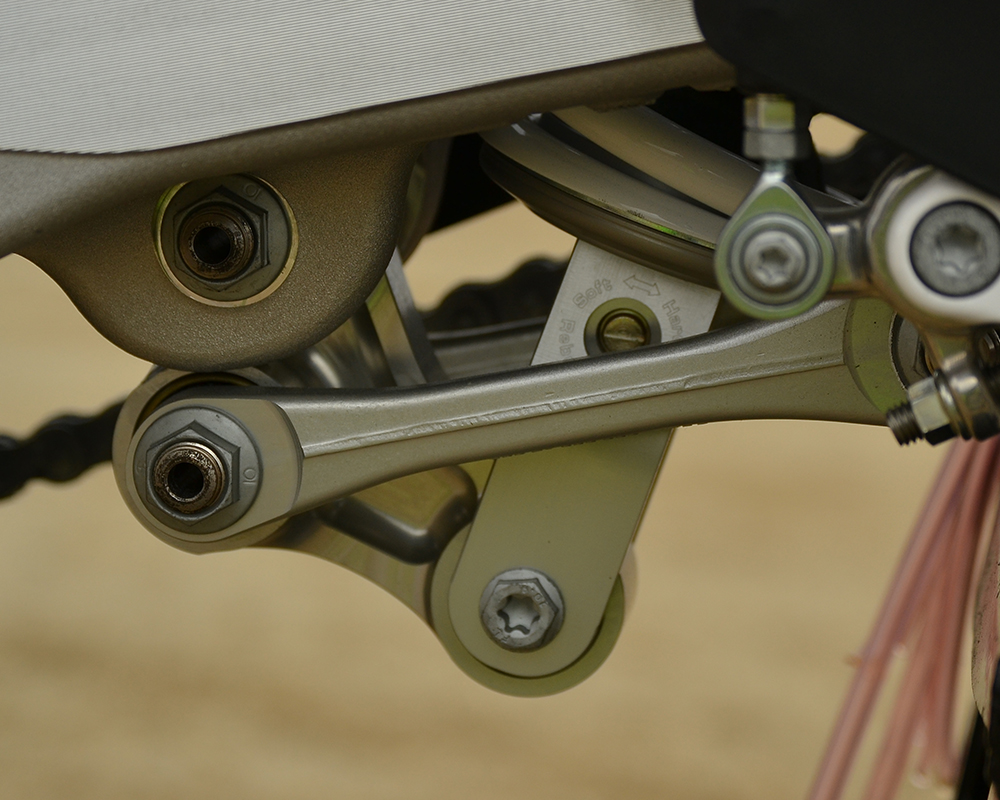
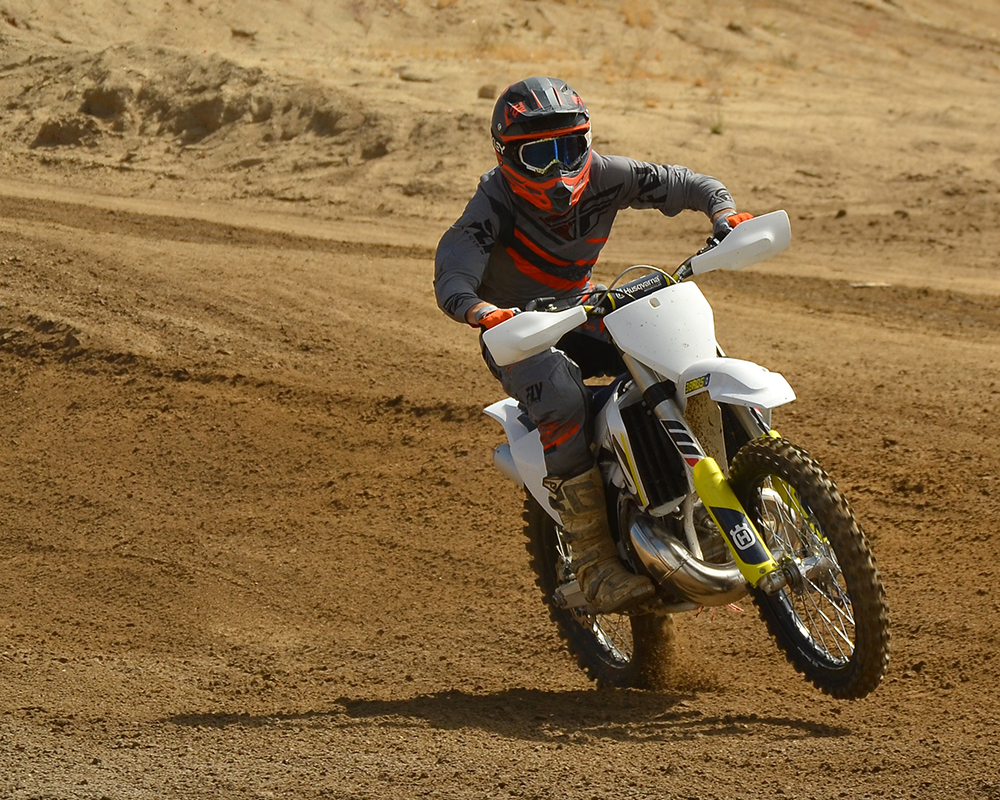
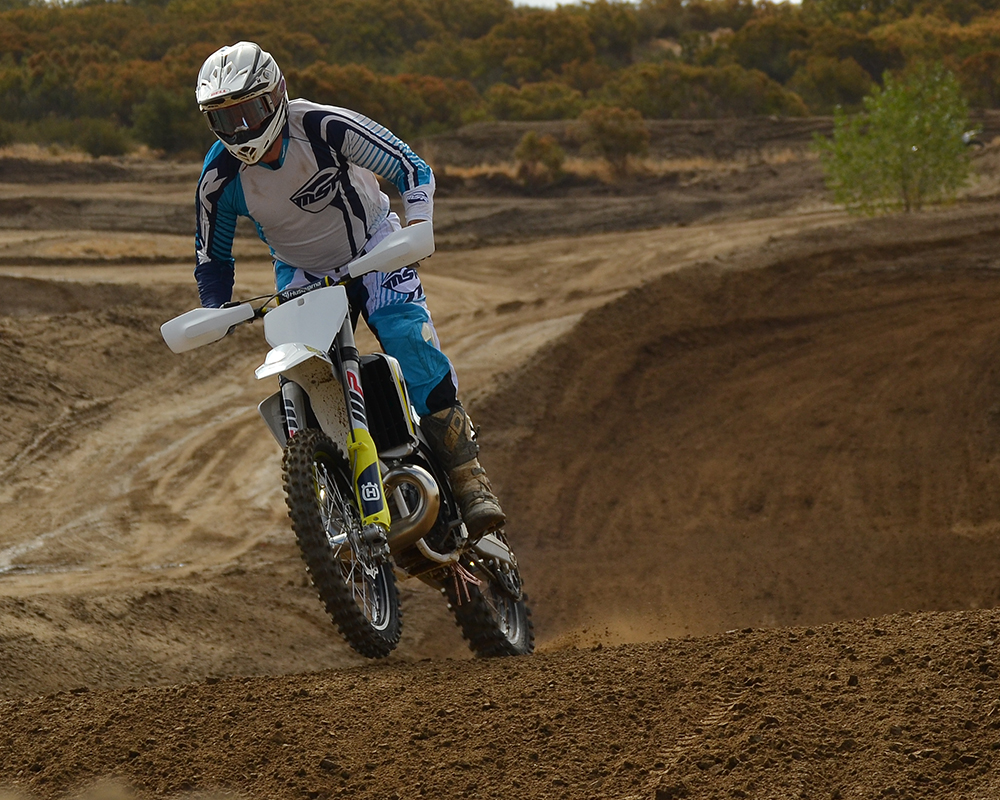
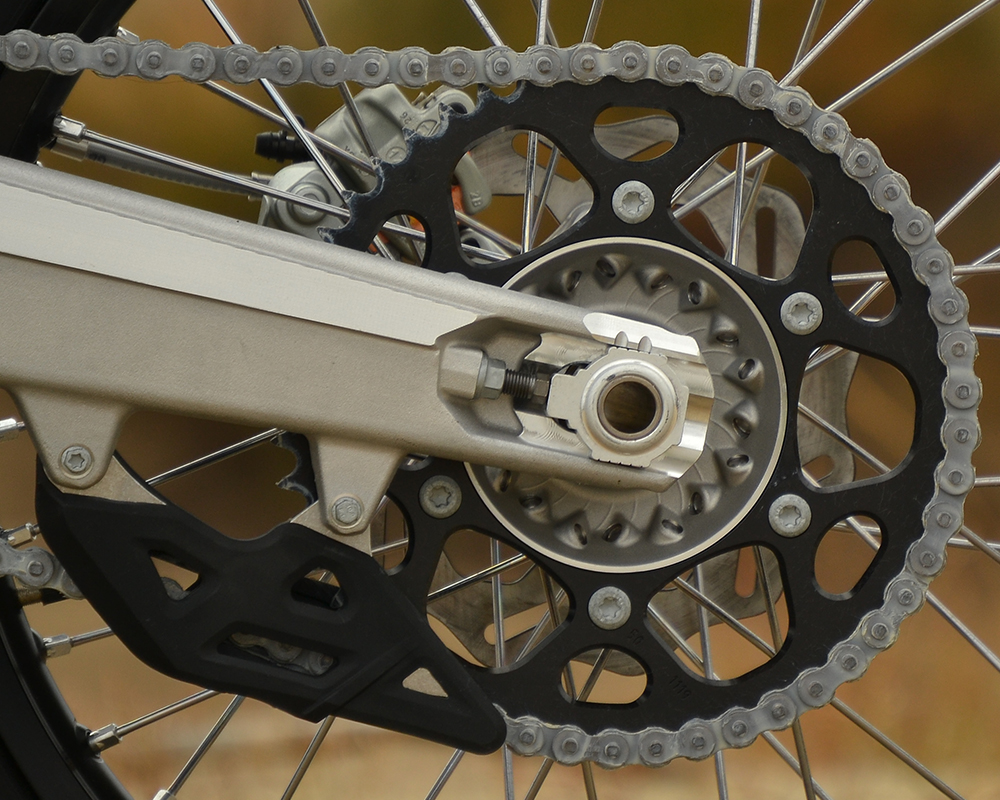

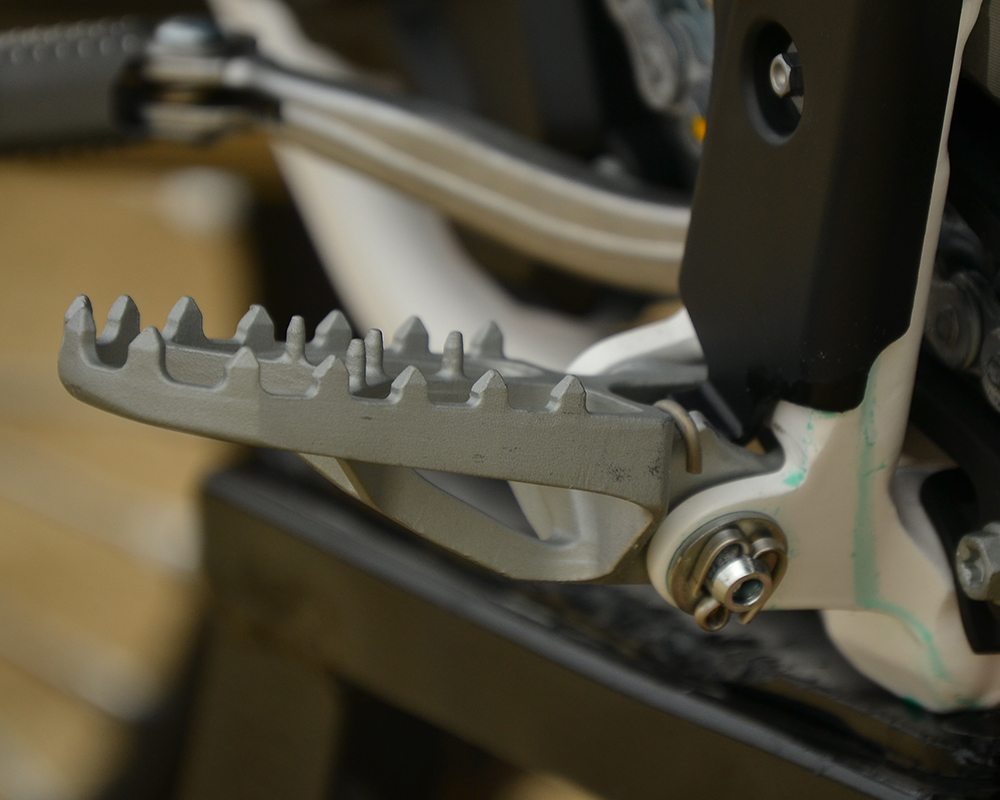
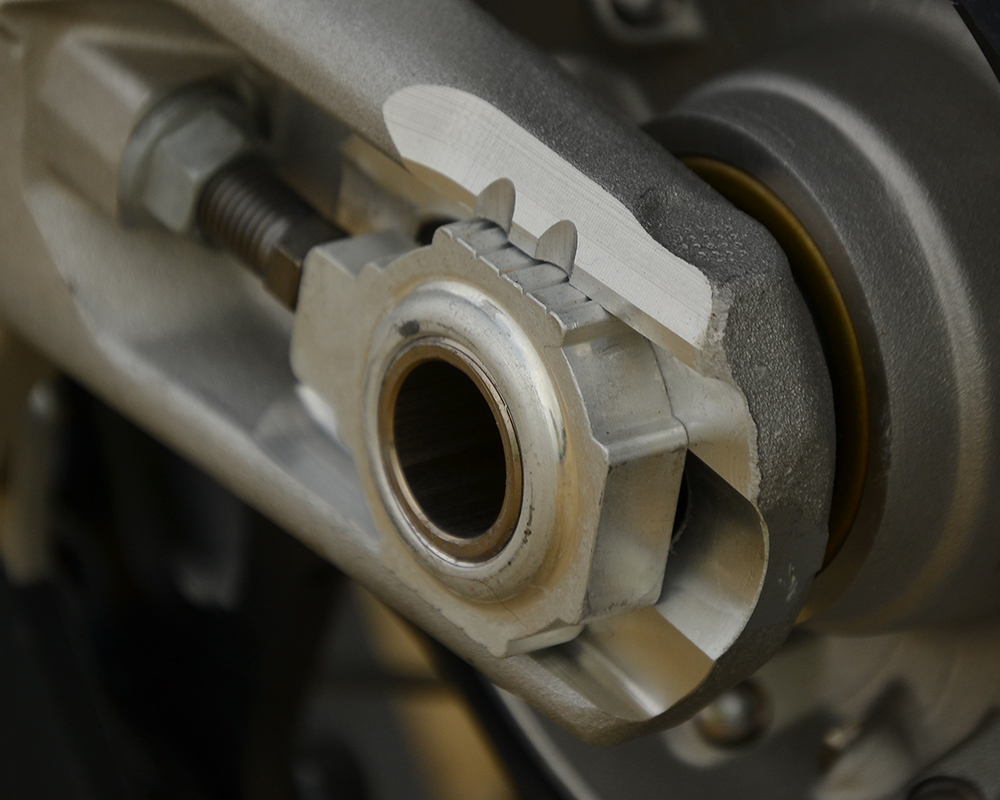
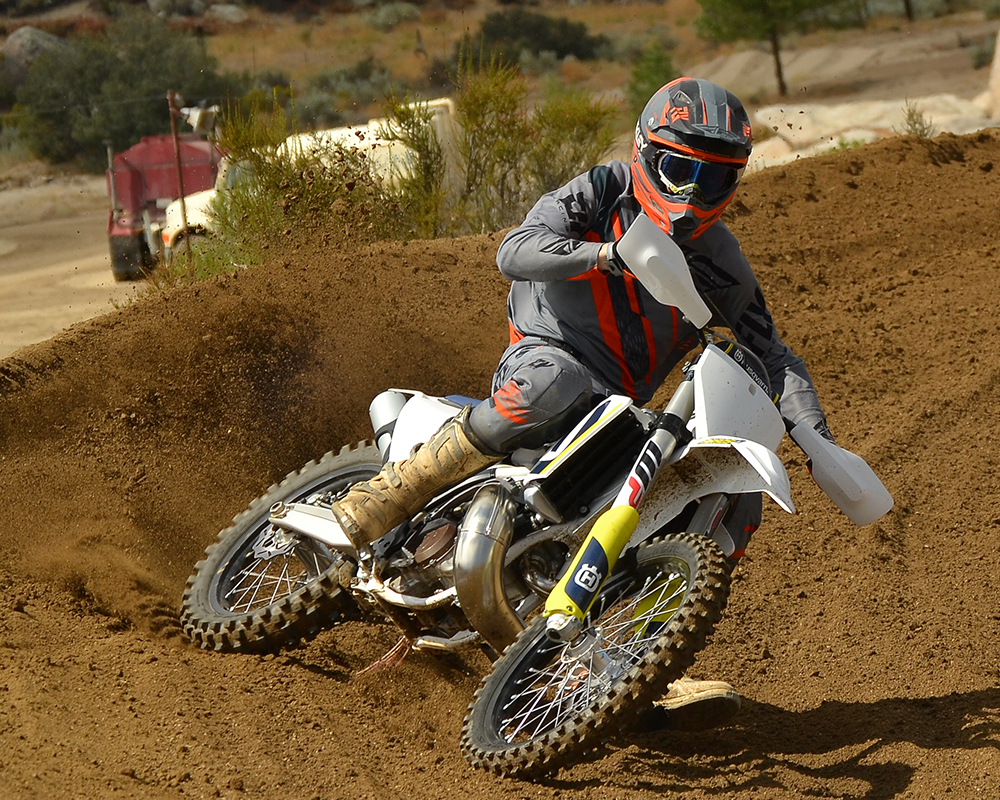
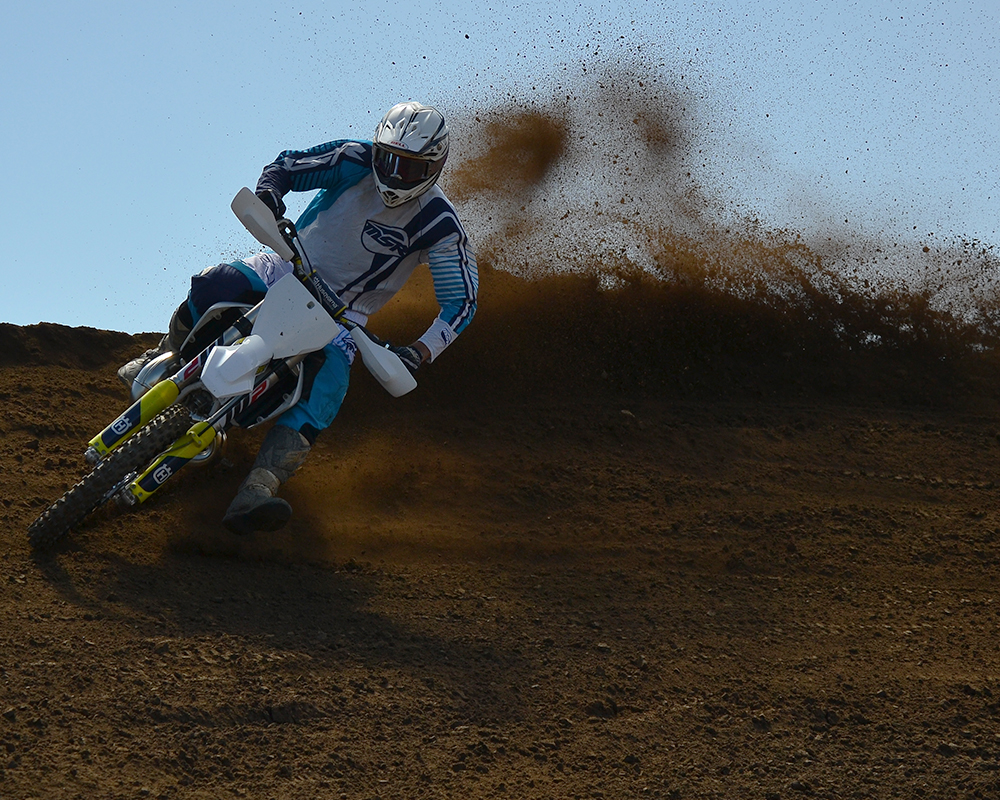

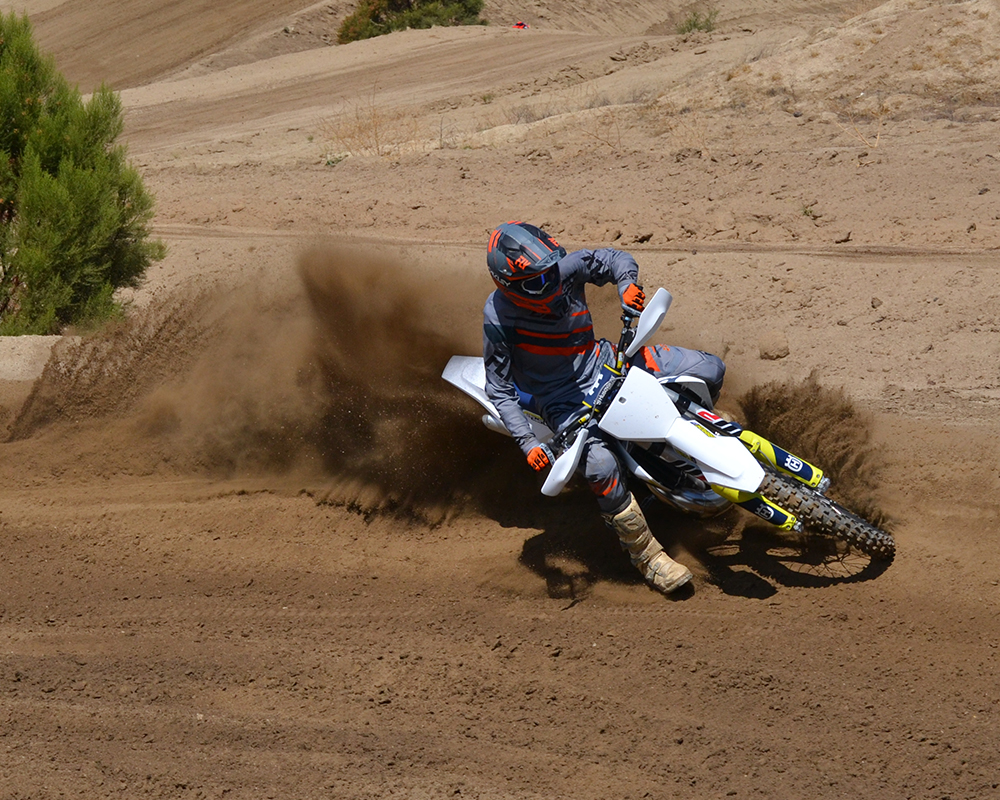
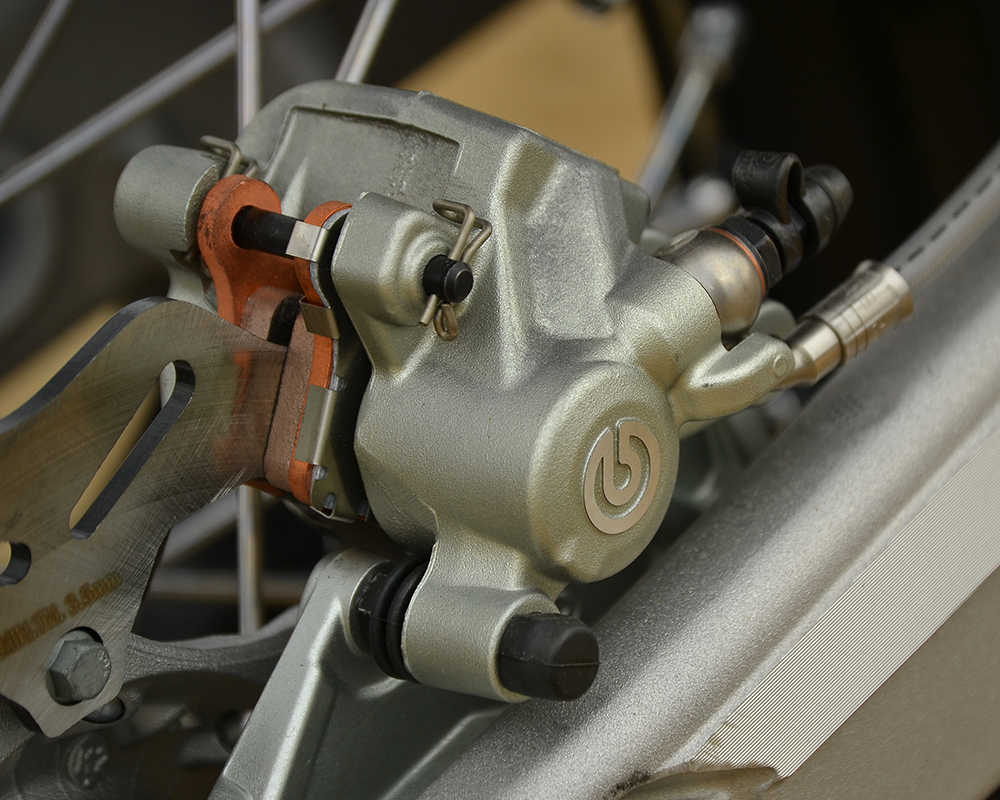
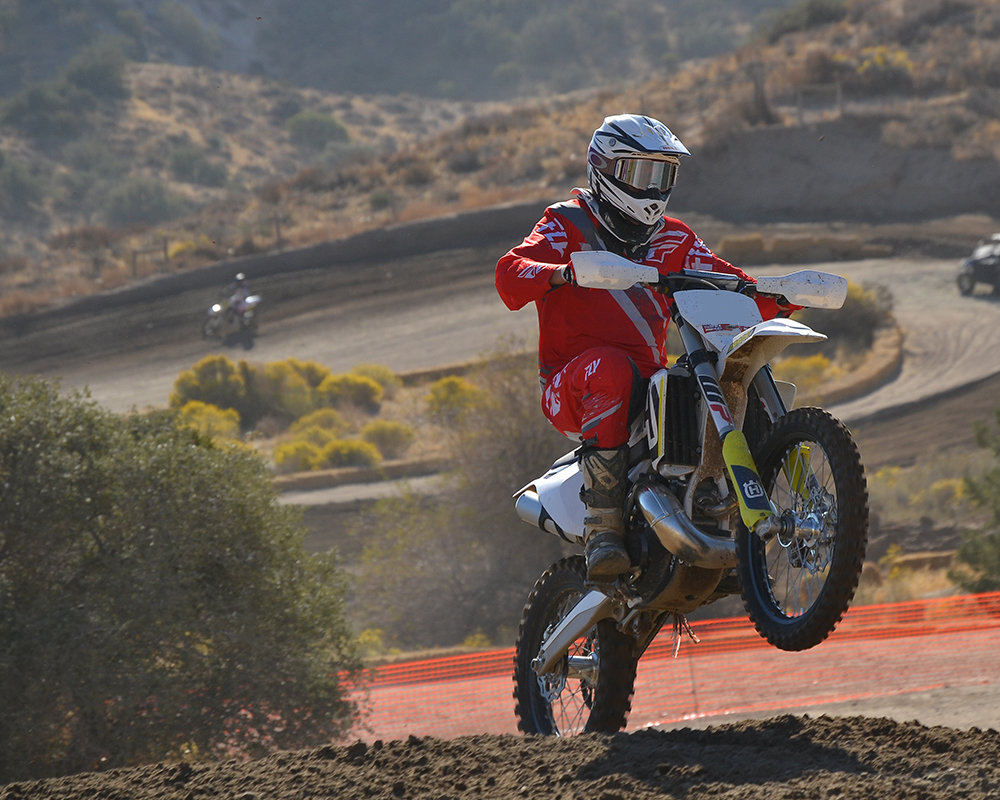

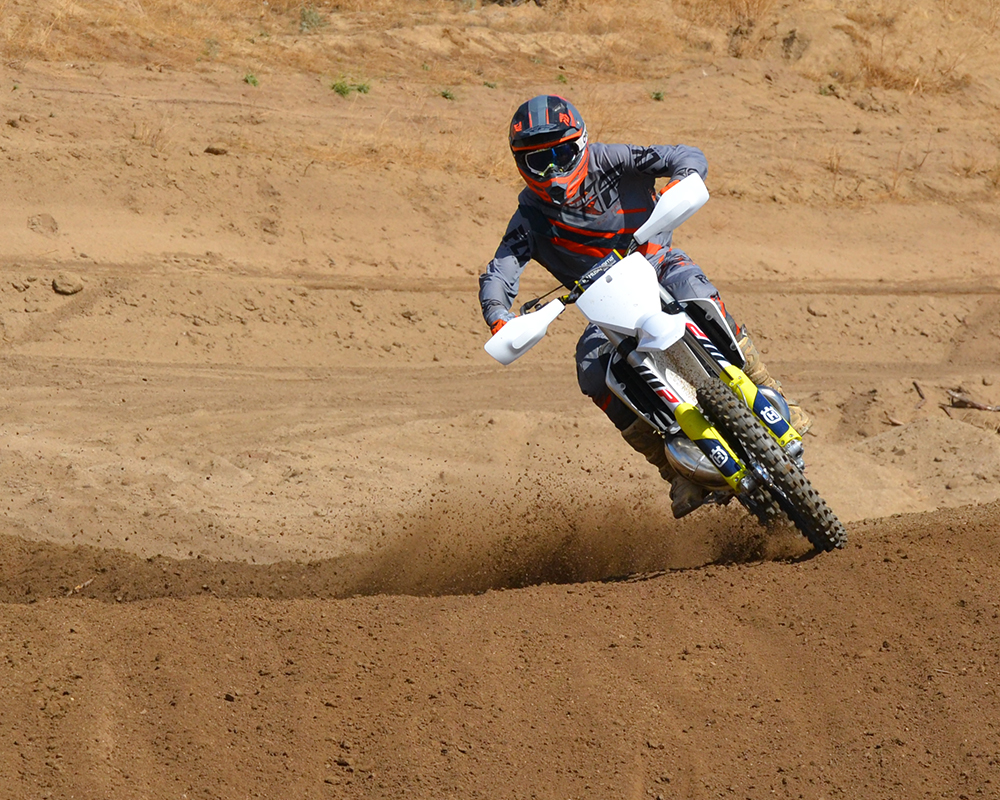

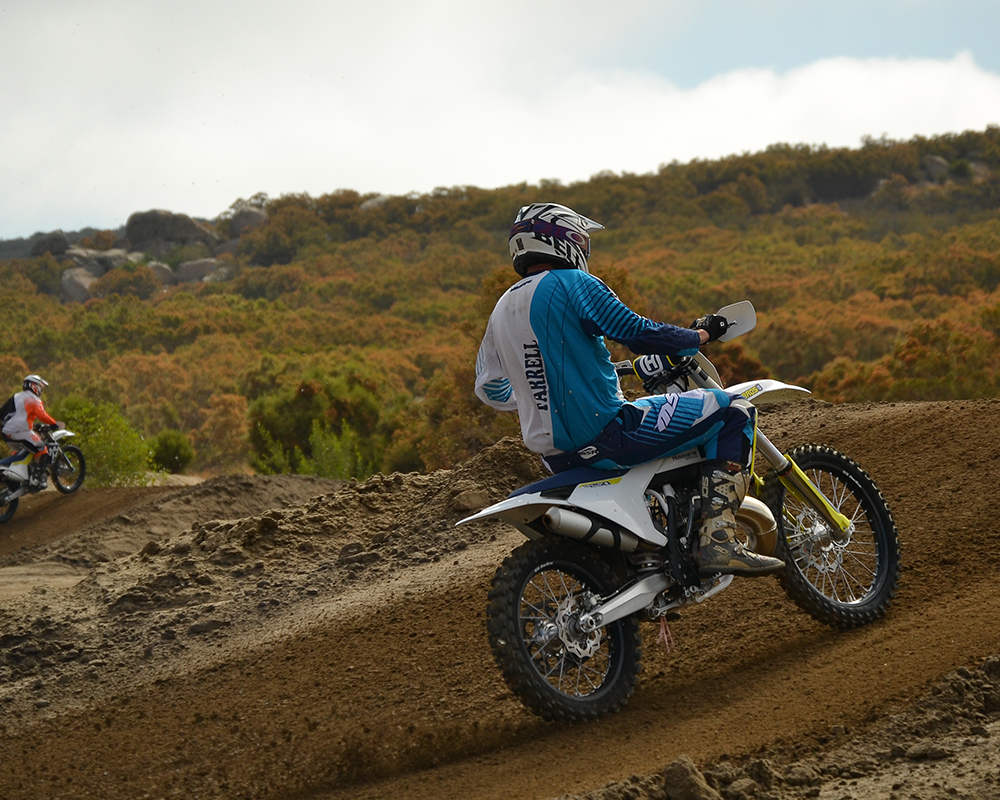
One Response to “2018 Husqvarna TC250”
Bill Pitts
I am hoping the rumor of a 330 kit coming out is true. If it is available as an XC ( or TE in this case), that will make a great off road bike out of a TC. I still wonder how the transmission ratios will work out. For myself, a Rekluse, bark busters, and a larger fuel tank would be perfect.